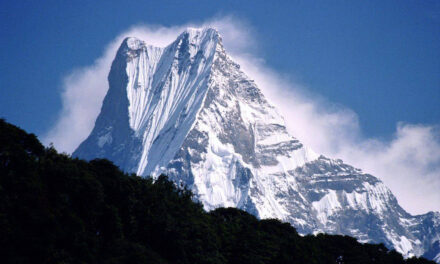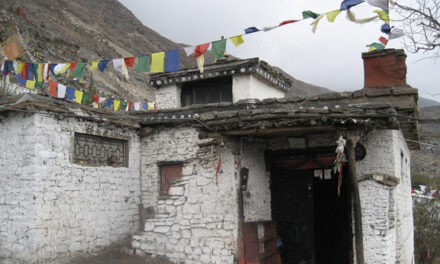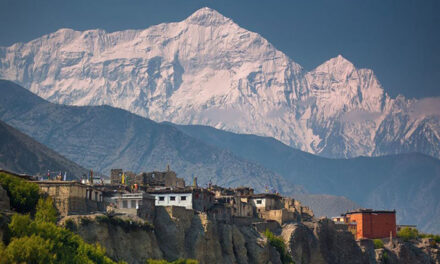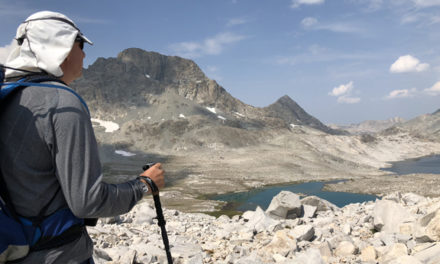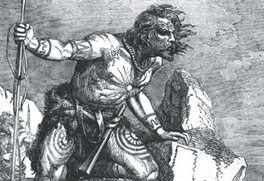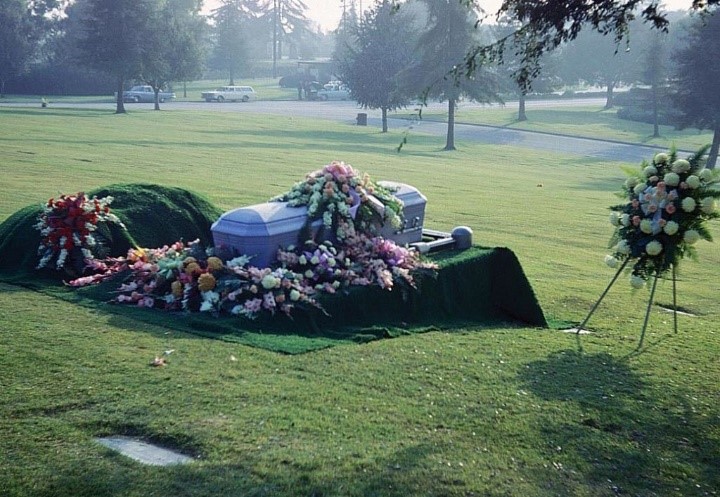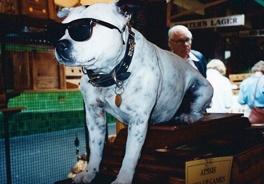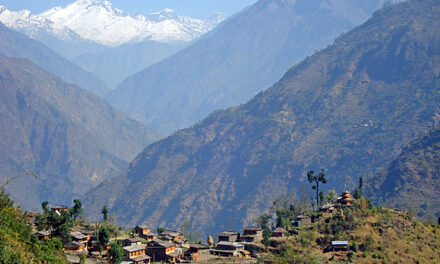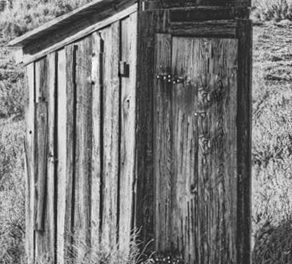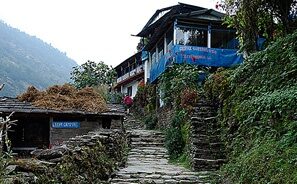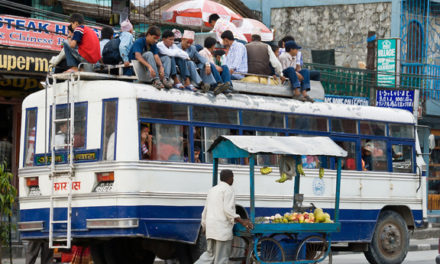Shouldering my pack, I strode out of my cheap Tel Aviv travelers’ hotel, walked to the transit terminal, and boarded the public bus for the Egyptian border. The fare was a modest US $12, a bargain price which would serve to prolong my travels. Why fly when one could motor across the landscape? There would be more to see. Perfect. There was a grin on my face. Little did I know what I was in for.
Aboard was a small mob of European travelers, ten or more local Israelis, and a plain-clothed active military man from Holland who spoke Arabic and was well informed about Middle Eastern politics. He and I soon bonded. As we bumped along he expounded upon the military-driven recent history of the eastern Mediterranean.
Our bus headed south along the coast highway. We initially passed beachy resorts and small seaside towns, then slowly the resorts ended and the towns became more dilapidated. Buildings became vacant and less freshly painted, and the faces of the local inhabitants more stern. All the while, most the original Israeli passengers disembarked. Then came a formal sign indicating that we were in the region of Gaza.
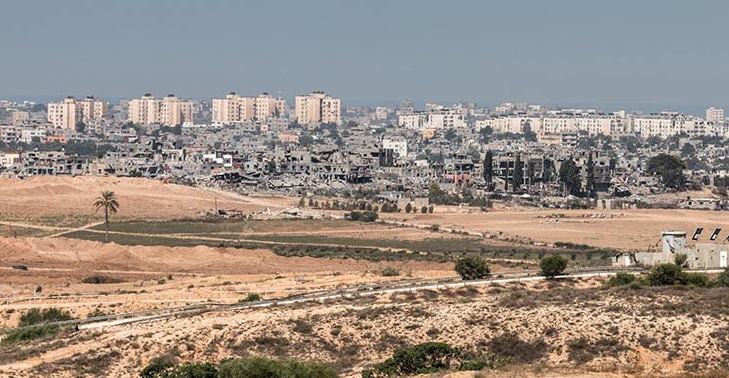
Gaza was in turmoil in 1982. That year, Israel was battling in Lebanon and also relinquishing the Sinai to Egypt pursuant an agreement reached in 1979, so volatility was everywhere. Our route slowly morphed into a road of chaos.
Through the bus windows I began to see bullet-pocked tenements and razor wire. Israeli tanks were everywhere. Soldiers with Uzis patrolled intersections and children climbed on the burnt-out hulks of military vehicles. Some of the vacant buildings had jagged holes clear through their masonry. Mid-ogling, I was nearly shaken from my seat when two low-flying fighter jets roared by directly overhead.
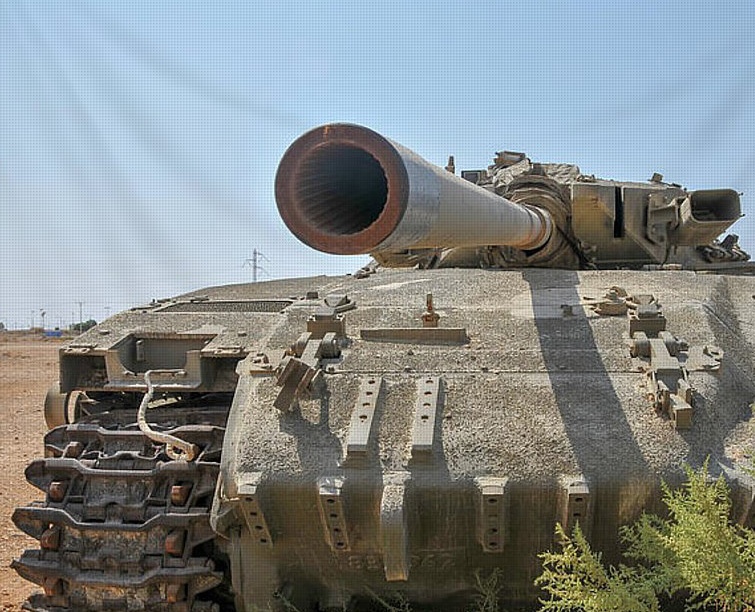
As the bus drove on, vehicular traffic gave way to pedestrians and animals carrying all manners of things. Poor looking denizens moved in a landscape of rubble. New local passengers, different from the first, got on and off the bus to then head off into the deteriorated landscape as if nothing was abnormal. One stop allowed an Israeli soldier to board, who then stood at the front scrutinizing us passengers with his weapon slung over this shoulder.
The Israeli military was on high alert. My Dutch friend explained how the complexities of the Sinai transfer, what with its Arab culture and nomadic regions, plus the proximity to the tumultuous Gaza zone, gave rise to frequent “incidents.” Those made for increased hostilities. Our route stretched along this contested area, just inland from the Mediterranean. With beautiful beaches occasionally visible to the north, the entire area might have been a tourist Mecca. But it was a war zone.
As we drove on, military checkpoints became more frequent. At each stop, armed Israeli soldiers entered the bus to inspect passports, look us over and sort through luggage. Everything was scrutinized. The Israeli soldiers were stern, systematic and yet polite. Another set of jets thundered right over our heads, shaking everyone and the bus itself.
Finally, at the end of the Gaza zone, the bus rolled to a dusty stop at the Egypt border control and everyone disembarked. We had reached the Sinai. The border compound was a series of block buildings and holding pens through which travelers were funneled into Israeli Immigration, then Customs, and then out into a no-man’s land on the other side.
Getting out of Israel was easy. Documents were inspected, luggage rifled and passports stamped. The Israelis were courteous and professional—even when their automatic weapons were indiscriminately pointed at my chest.
Getting into Egypt was a different story. The no-man’s strip between border compounds was perhaps a few hundred feet wide. We walked into and through its dusty, guarded vastness carrying our luggage. Armed Egyptian soldiers watched us from the perimeter fence on the other side. I felt compelled not to do anything sudden. I also felt the urge to turn around and head back to Tel Aviv.
On the Egyptian side were more fences and then a long queue at Egyptian Immigration. Egypt demanded an entrance fee, full inspection of all documents, visual verification of an airline ticket out of the country and proof of cash. The departing airline ticket was supposed to reflect a scheduled flight back out of Egypt in the near future.
I floated through smoothly until one official wanted me to exchange five hundred of my greenbacks into Egyptian Pounds. I resisted and was pulled aside. The official said that I would require at least that much cash for a comfortable stay in Cairo. At my rate of spending I knew that wasn’t true. That much of a money conversion would last me a month, maybe more, and I had no intention of staying more than a week or two.
Another official who was watching my interaction inquired if I intended to buy nothing in his country. They assured me I could cash back the excess when I departed. However, I had encountered no bank that would exchange back Egypt’s devalued currency for US dollars, much less at a reasonable rate. Egyptian Pounds were being exchanged for a fraction of the official rate, even on the black market.
They asked to see my departing airline ticket and I retrieved it. On its face, in English, the ticket was stamped “open.” Thus, it was indefinite as to the date of departure. I held my breath as they scrutinized its fine print. Two officials pointed at the ticket and argued with one another. I acted as if the bold print were conclusive proof of whatever it was they required—though I really wasn’t sure. It soon became evident that neither man could actually understand the ticket’s written terms. Then I realized that neither could read English.
On cue, I picked the ticket up and, waiving it, insisted that it required me to fly out of Cairo in five days. Extracting my little travel calculator as a distraction, I dexterously multiplied an estimated daily backpacker’s budget by five. The men looked on and intently watched my fingers at the keys. I held up the digital result – US $50.00. The calculation was clearly too much for them and they relented, allowing me to exchange US $50 at their illegitimate rate.
My hurdles were easy compared to some. Several Europeans were pulled aside and had their backpacks unpacked and dismantled so the guards could look inside the aluminum framing. An Australian girl was admonished to lean over so an official could put his hand down her blouse, which he did right in front of all of us. The Dutchman jumped up and loudly scolded the girl’s abuser, then was immediately pulled aside and threatened with passport “complications.” Items were scrutinized, discussed and seized. As the Immigration interrogations picked up steam, I decided to keep my mouth shut.
The entire line of tourists all miraculously made it through the gauntlet and we were eventually deposited, some two hours after exiting the Israeli bus, into a dusty taxi stand on the Egyptian side of the border. It was now mid-afternoon.
Among the travelers near me were several confused Europeans who had no idea what they would do next. I was of similar mind. The pondering didn’t last long, however, since most of the available cabs were quickly filling with passengers and roaring off in clouds of dust. The Europeans tried to catch one, but the cabs kept departing before they could communicate their destinations or make offers for bulk fares. The drivers clearly didn’t understand us and acted like they didn’t want to deal with those who didn’t speak their language. Other than the cabs and border compound, we were in a desert without services.
As I sat and helplessly watched the exodus of tourists, the Dutchman rose to the occasion of organizing a group cab for the stragglers. There were six of us left, all looking to get to Cairo. The Dutchman spoke with the Egyptian drivers in Arabic. The negotiation process was intense and, as he argued at length with one driver, the other remaining cab loaded up and sped away. But his negotiations succeeded and the last driver finally agreed to a 5-Pound fare, per person. That was acceptable to all of us.
I looked at our driver’s aging vehicle. It was old and tired, with bald tires and scratches all over the paint. More than an hour had passed since we exited Egyptian Customs and the sun was moving to the west. We were all eager to leave. One last time, a pair of jets roared overheard and several of us ducked.
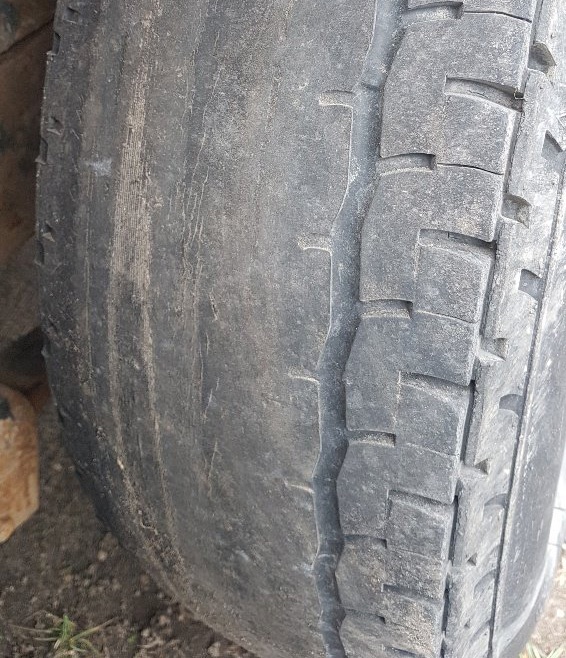
Somehow, six passengers all jammed into the vehicle and slammed the creaking doors shut. The driver took his seat. With a turn of the key the car coughed alive in a cloud of blue smoke, then ground its gears as it strained to accelerate. We were off, leaving the taxi area vacant.
Out driver grumbled to himself in Arabic, likely realizing it was a crazy idea that we might make it all that way, and through the various checkpoints, and cross the Suez Canal that very night. The crossing was only allowed in a narrow window of time. No one knew what was of greater concern: not making the crossing, or rushing at break-neck speed to get there. In this way, we unwittingly became captive road racers.
Our overloaded vehicle reached a reckless velocity within a couple of miles. As a result of its over-capacity, it steered more like a boat—reacting with a noticeable delay after each steering correction. The road was two-way, but lacked a line down the center. Despite our great load of passengers, oncoming trucks made our car shudder in their passing wakes. To make matters worse, our driver had to ride the center line and pass every vehicle in front of us. It reminded me of my father’s driving style back in California—before he lost his life on Highway 99.
The art of two-lane passing is consistent in the Arab world. Typically, a series of vehicles line up behind an offensively slow truck or bus, just behind its back bumper. The offender never pulls to the side, nor slows, nor waves the impatient cars around, but keeps plodding along at a constant discourteous pace, very close to (or just over) the center of the pavement.
The first passer then moves into the lane of oncoming traffic, hovering at the back left corner of the offender’s bumper, and waits for the opportunity to sprint. Simultaneously, a second passer moves behind the lead passer, just behind his bumper, and also waits. Often a long line of hopeful passers queues up close behind these prospective passers in this same manner, like a great banner of cars waving in the wind.
If a vehicle comes in the opposite direction, then the entire line whips back behind the obstructive vehicle just before a collision. This process involves excessive use of the horn. Ultimately, the lead passer decides there is adequate space in front of it to commit to a sprint. The subsequent passers behind him always assume they can do what the lead car does, so follow closely on his bumper. The decision to pass does not imply that there is no oncoming traffic.
Many of these passings are only consummated when an oncoming truck or lorry lurches onto its shoulder to avoid a head-on impact. And the sprint, when taken, is not a highly accelerating experience. Our maneuver pushed the old engine to its very capacity, with pinging and blue smoke. Vehicular carcasses strew the highways.
The drive through the desert was punctuated with frequent passing of this type, our driver being one of those risky types who had to get around everything in front of us. We held our collective breaths, praying and cursing in concert, each time he ignored our pleas not to attempt one of these maneuvers.
As we put Gaza far behind, the surrounding desert sprouted dunes and sand intruded upon the road. It blew across the pavement like drifting snow and, at times, formed small dunes in the road itself. Our driver, maintaining his combative speed, veering around these meandering obstacles at the last second, several times jerking the car into a wobbling skid.
During the entire trip, blaring Arabic music filled our ears from a car radio system whose volume far exceeded its speaker capacity. Verbal communication was accomplished by yelling. From my vice-like space with three others in the back seat, I eventually strained around and stuffed a coat over the distorting speaker next to my right ear. The coat barely muffled the painful high frequencies. Eventually a French traveler squeezed forward and, in a rage of French superlatives, turned the radio off altogether. The driver glared at us and grew even more aggressive with his maneuvers.
Several police checkpoints and one stop at a café punctuated the trip to the canal. The café proprietor was a friend of the driver and the two talked rapidly as we identified and ordered edible items from a one-page, handwritten, filthy menu. Café prices were high compared to what we had paid for similar items in Israel and the food was strange and gritty. When we finished that which we were willing to ingest, we had to insist that the driver stop his conversation with the owner and continue onward. It was getting late. More agitated at us than ever, he seemed wholly insensitive to our heightened sense of urgency. But the day was waning.
We proceeded along the desolate road that punctured the northern extension of the Sinai sands. It looked like the landscape of Hollywood movies. Clean white dunes grew larger, casting curvilinear shadows in the afternoon light. Occasionally, between the dunes, palm-treed oases whizzed by. We slowed for nomads leading camels loaded with heavy packs across or alongside the road.
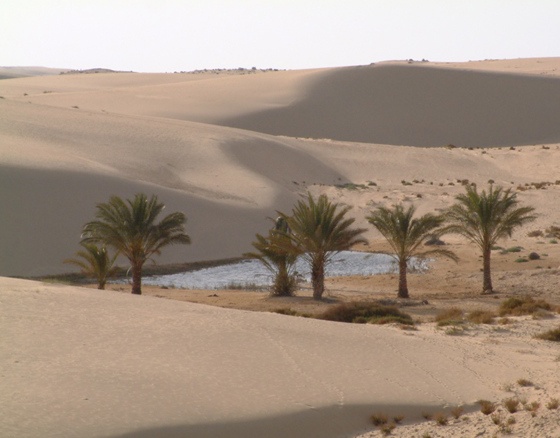
Eventually the dunes flattened out and the landscape became more repetitive. Our driver, apparently tired after his lunch, then began to nod off at the wheel. Several times we swerved into sand, each time experiencing a jarring that fortunately jolted him back to consciousness in time to veer back onto the blacktop. During one of these blackouts we nearly hit a camel. This fearful experience went on for hours.
We reached the Suez Canal long after sunset. That is, we reached the line of cars backed up several miles into the desert from the crossing point. There were no overhead lights, sidewalk or buildings—just a fuming procession of idling cars, trucks and busses pulled slightly to the side of the road in the wasteland. Everyone sat in everyone else’s exhaust. Ultimately our engine was shut off and we were permitted to get out to walk around.
Darkness had set in. I hesitated to wander far in the sand far lest I never find my way back in the blackness or, worse, be bitten by a scorpion. After about an hour, from somewhere up the line of vehicles, a flashlight beam came slowly bobbing toward us.
An Egyptian who purported to be a liaison for the ferry authority held the light. He had no badge or other identifying credentials, but demanded to see our “identification.” He rounded up our passports and scanned them under the flashlight’s small beam. Then he turned and marched away with all the documents. We stood watching in panic and bewilderment.
The Dutchman ran after him and protested the seizure of our most precious documents. He made all the usual inquiries—like, “what the hell do you think you’re doing with my passport?” The man said he had to take them to the ferry service for authentication. So the two men went together while the rest of us waited. Hours later, it seemed, they reappeared out of the darkness.
With papers now “in order,” we loaded back into the cursed vehicle. Our driver interpreted that momentous moment as a cue to start the engine, roar out line, and then cut in front of all the vehicles waiting ahead of us. With his passengers protesting, he sped toward the distant crossing point to the left of the long queue like some VIP. All the waiting drivers angrily honked and yelled at us. An official with a big flashlight ultimately waved us down.
A screaming match then ensued between our driver, the man who had taken our passports and the local authorities. After another hour, we were finally allowed to proceed. We crept ahead slowly, bumped over a large threshold in the road, and then moved across the Suez Canal on a floating pontoon bridge. It was so dark you could barely tell we were over water. By then it was after midnight.
On the other sider there were more checkpoints and loud Arabic conversations between driver and officials. It was in the early morning hours that we were finally free to resume our desert speed race. The car inched back to a reckless velocity. There was no sleep for any of us—just fitful dozing between moments of panic.
The highway to Cairo consisted of long straight stretches interrupted by abrupt turns. These turns were negotiated by our driver at the very last second, in a delayed and disconcerting manner. The car lunged and skidded to the right then, ten minutes later, to the left. I kept my eyes on the driver to be sure he was staying awake. Although the effect of the canal crossing brought the man back from his state of prior sleepiness, he again resumed the role of a passing maniac. It wouldn’t end.
We faced a continuous stream of blinding lights from oncoming trucks, busses and other commerce heading out of Cairo. The glow of the city illuminated the dusty-orange night sky in the distance. Much of the last part of the trip was out of our lane and in the lane of approaching lights, waiting for passing opportunities. Despite the fact that we all anticipated imminent death, I periodically nodded off to an exhausted state of nervous, pre-sleep twitching.
Ultimately it seemed best just to let what might happen, happen. We likely couldn’t stop it. Better to be obliviously half-asleep when our driver finally miscalculated in the cataclysmic and fatal manner that haunted all our imaginations.
(1982-journal synthesis)

